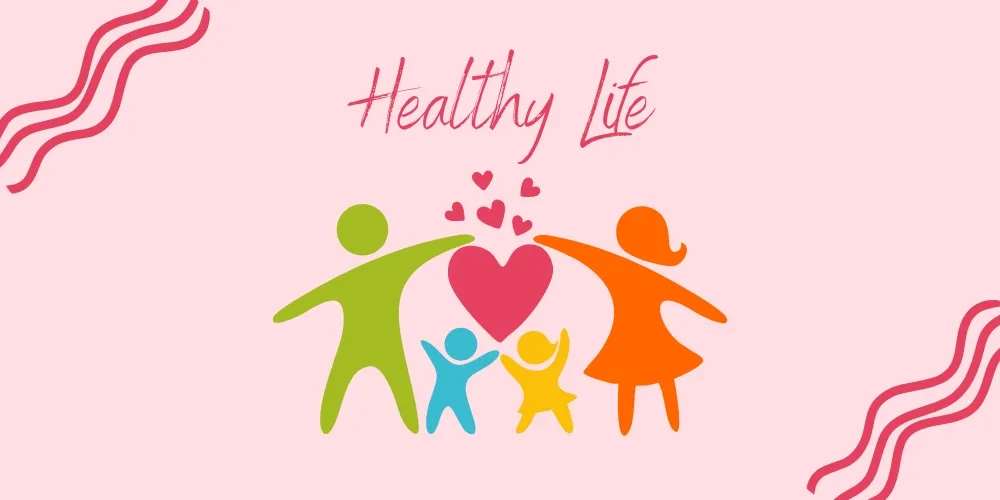1. What Is Blood Sugar?
Blood sugar (or blood glucose) is the amount of glucose — a simple sugar — present in your bloodstream.
Glucose is your body’s main source of energy, and it primarily comes from:
-
The food you eat (especially carbohydrates)
-
The liver, which stores and releases glucose as needed
Your body keeps blood sugar levels within a narrow range so that your brain, muscles, and organs have a steady supply of fuel.
❤️ 2. How Blood Sugar Is Controlled
Blood sugar is regulated mainly by hormones, especially insulin and glucagon, both made by the pancreas.
| Hormone | Function |
|---|---|
| Insulin | Lowers blood sugar by helping glucose enter cells for energy or storage. |
| Glucagon | Raises blood sugar by telling the liver to release stored glucose. |
These two hormones work like a balance system — insulin pushes sugar into cells, glucagon releases it when it’s low.
📊 3. Normal Blood Sugar Levels
| Test Type | Normal Range | Notes |
|---|---|---|
| Fasting Blood Sugar (FBS) | 70–99 mg/dL | Measured after 8 hours of fasting |
| After Eating (Postprandial) | < 140 mg/dL | 2 hours after a meal |
| Random Blood Sugar | < 200 mg/dL | Anytime of the day |
| HbA1c (Average 3-month level) | < 5.7% | Reflects long-term control |
⚠️ 4. Abnormal Blood Sugar Levels
High Blood Sugar (Hyperglycaemia)
When blood glucose is too high — often due to diabetes or insulin problems.
Causes:
-
Not enough insulin or missed medication
-
Eating too many carbs
-
Stress, infection, or illness
-
Sedentary lifestyle
Symptoms:
-
Frequent urination
-
Excessive thirst
-
Blurred vision
-
Fatigue
-
Slow wound healing
Long-term risks:
Heart disease, kidney damage, nerve damage, eye problems.
Low Blood Sugar (Hypoglycaemia)
When blood glucose drops below normal (< 70 mg/dL).
Causes:
-
Too much insulin or diabetes medication
-
Skipping meals
-
Excessive exercise
-
Alcohol on an empty stomach
Symptoms:
-
Shakiness or dizziness
-
Sweating
-
Confusion
-
Hunger
-
Headache
-
In severe cases: fainting or seizures
🩺 5. How to Check Blood Sugar
You can monitor your blood glucose with:
-
Finger-prick test using a glucometer
-
Continuous glucose monitor (CGM) – worn on the skin for real-time tracking
-
Lab tests (fasting glucose, oral glucose tolerance, HbA1c)
🍎 6. How to Maintain Healthy Blood Sugar
✅ Eat balanced meals: Include complex carbs, lean proteins, and fiber.
✅ Limit added sugar: Avoid sugary drinks and processed foods.
✅ Exercise regularly: Helps cells use insulin more efficiently.
✅ Stay hydrated: Water helps flush excess sugar.
✅ Get enough sleep: Poor sleep affects insulin balance.
✅ Manage stress: Cortisol (stress hormone) can raise blood sugar.
✅ Regular monitoring: Especially if you have diabetes or prediabetes.
🧠 7. Why It Matters
Keeping your blood sugar in a healthy range:
-
Prevents type 2 diabetes or its complications
-
Protects heart, kidney, eyes, and nerves
-
Maintains stable energy and mood
-
Supports long-term metabolic health
🏷️ 8. Suggested Tags for “Blood Sugar” Topic
Medical / Health Tags
-
#BloodSugar
-
#BloodGlucose
-
#Diabetes
-
#Prediabetes
-
#Hyperglycemia
-
#Hypoglycemia
-
#MetabolicHealth
-
#Endocrinology
-
#InsulinResistance
Awareness / Campaign Tags
-
#CheckYourSugar
-
#DiabetesAwareness
-
#KnowYourNumbers
-
#SugarAwareness
